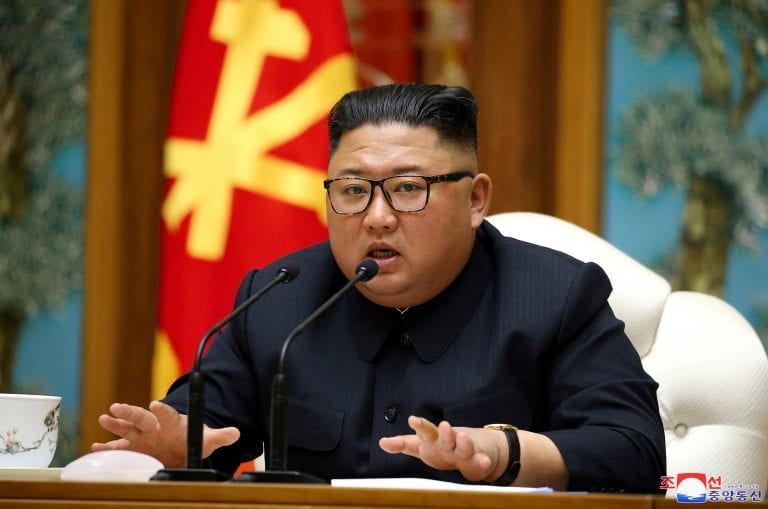Questions about Iran’s next steps remain

The recent escalation between Iran and Israel, coupled with the US’s direct involvement in striking Iranian nuclear facilities, has thrown the future of Iran’s nuclear program and the stability of the entire region into a precarious state. While immediate efforts will focus on diplomatic solutions, these talks are fraught with challenges and long-term uncertainties.
Short-Term: Difficult Diplomacy and Missing Uranium
In the short term, diplomats face the daunting task of negotiating with Iran. A core demand from the US, the abandonment of uranium enrichment, is publicly rejected by Tehran, which consistently maintains its right to peaceful nuclear energy. This fundamental disagreement will make any talks difficult.
Adding to the complexity is the unknown fate of approximately 400kg (882lb) of uranium enriched to 60% purity, a level just below weapons-grade. Recent reports from US and Israeli officials, as well as satellite imagery analysis, suggest that Iran may have moved this significant stockpile, along with some equipment, to a secret underground facility days before the recent US strikes. This raises serious concerns about the material’s location and the ability of international watchdogs to monitor it. The IAEA has confirmed it last inspected this stockpile a week before Israel’s first attack on Iran and has called for immediate resumption of inspections.
Long-Term: Nuclear Ambitions and Regime Survival
Looking further ahead, there are critical questions surrounding Iran’s nuclear trajectory and the very stability of its leadership:
- Cooperation with the IAEA and NPT Withdrawal: Iran has threatened to cease cooperation with the International Atomic Energy Agency (IAEA) and some officials have even raised the possibility of leaving the Nuclear Non-Proliferation Treaty (NPT). This would be a seismic shift, as withdrawal from the NPT would remove all international oversight and inspections of Iran’s nuclear program, leaving its activities shrouded in complete opacity. Such a move would significantly heighten proliferation risks in the region and globally.
- Going Underground with its Nuclear Program: With its known nuclear facilities recently targeted by both Israel and the US, a major concern is whether Iran will choose to move its nuclear program further underground and into covert operations. The reported pre-emptive relocation of the 60% enriched uranium stockpile suggests a potential for this. This would make monitoring and verification incredibly challenging, if not impossible, for the IAEA.
- Survival of Iran’s Rulers: Many analysts suggest that Iran’s rulers are currently in their weakest position since the 1979 Islamic Revolution. The recent military strikes, combined with existing internal dissent and the unraveling of their regional proxy network (such as the decimation of Hezbollah and the toppling of the Assad regime in Syria), put significant pressure on the regime. The effectiveness of the US and Israeli strikes in degrading Iran’s nuclear capabilities and their potential to further destabilize the regime will be closely watched.
The current crisis presents a perilous crossroad. While immediate de-escalation is paramount, the underlying issues of Iran’s nuclear ambitions and the regime’s long-term survival will continue to pose significant challenges to regional and global security.
Source: http://thepressradio.com





